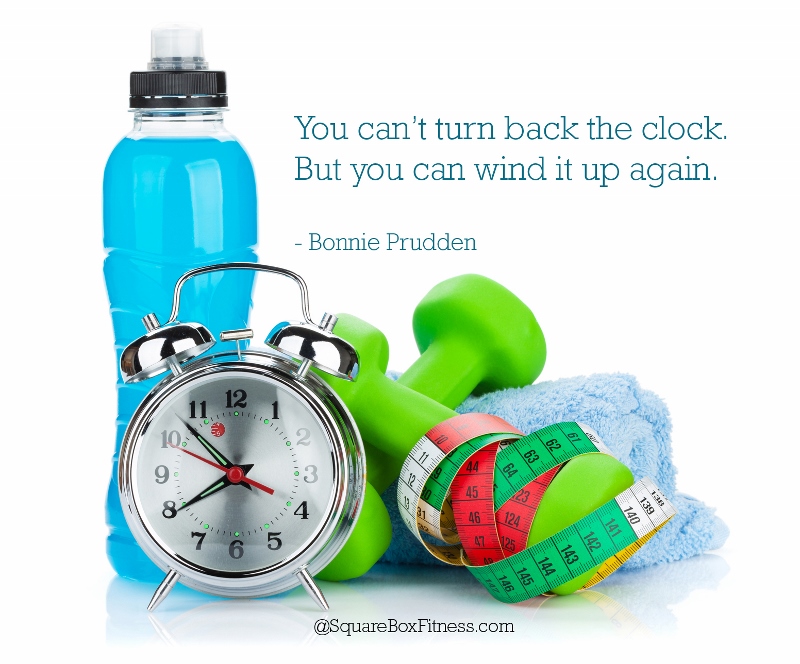It was great to see you all this week and great to get back into the business of regenerating natural movement patterns.
When we teach our body how to do something like hopscotch, ride a bike, surf, yoga poses or run a few kilometres, it creates a physiological blueprint.
Therefore, even if we take some time off, we will get back to where we were faster than it took us to learn the exercise in the first place.
We saw this in class this week as everyone got back into exercise easily – even though we felt a little sore by week’s end!
“Muscle memory stems from our body’s learning not just how to perform a task, but also how to break down muscle tissue and then repair and rebuild it,” explains William Kraemer, Ph.D., professor in the department of kinesiology at the University of Connecticut at Storrs.
“That physiological knowledge lets you come back from injury, surgery, and even pregnancy faster, easier, and often better than before,” he says.
Until recently, it was believed that these ingrained neuromuscular patterns were the reason for “reshaping” quickly after a break.
However, Norwegian scientists discovered exercise also triggers long-term, possibly permanent, changes in muscle cells.
The researchers showed that the nuclei of muscle cells multiply when a muscle is exercised and according to the study these nuclei are not lost when muscles atrophy (waste).
In the study; they found that mice, after just six days of simulated strength training, were able to generate new nuclei in their muscle cells.
Further, they found months after the mice stopped training, even though their muscles had shrunk, those newly formed nuclei were still there and able to be reactivated by exercise.
The study leader; Kristian Gundersen, Ph.D., of the University of Oslo, reported “It’s not unrealistic to suspect that human muscles respond as quickly and that those nuclei last for decades or even a lifetime.”
It is encouraging to know that the more exercise we do now, the more muscle memory we can “bank” or store.
It is never too late to start a fitness program, but the earlier we can create a “health savings account,” the better off we will be later in life.
Investing in our fitness now will generate not only physical returns but also real financial dividends with the reduction of medical and health care expenses.
I leave you this week with words by Bonnie Prudden, who died in 2011 at age 97, and was an American physical fitness pioneer.
“you can’t turn back the clock, but you can wind it up again”
Live Well and Eat Well
Anna


Recent Comments